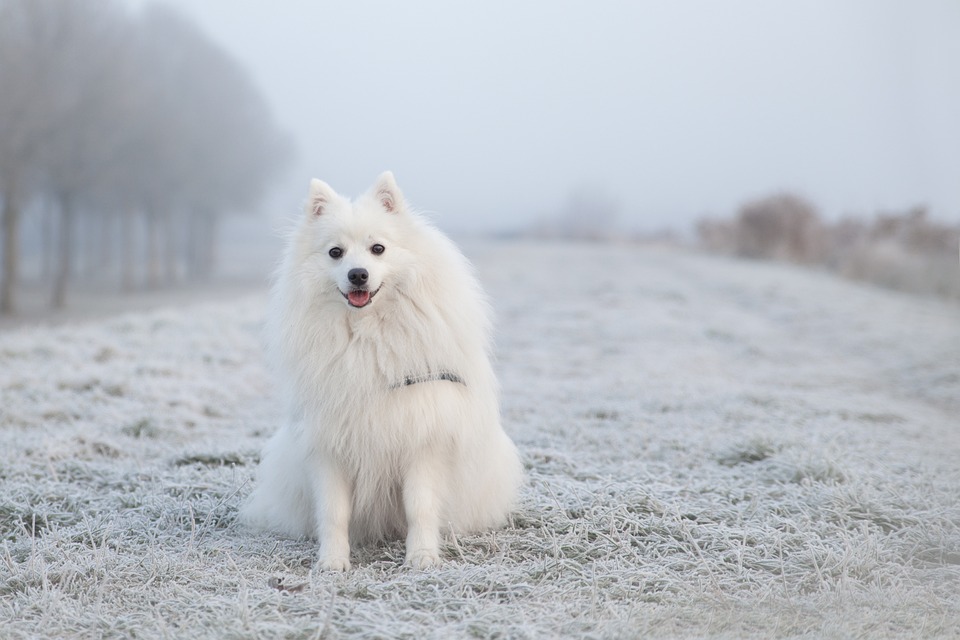Teaching Dogs to High Five: A Friendly Greeting and Training Guide
Introduction:
Teaching your dog to high five is not only a fun trick, but it also has several benefits. High fiving can be a friendly greeting that your dog can use to interact with people in a positive and engaging way. It also strengthens the bond between you and your furry friend. In this article, we will explore the importance of positive reinforcement in dog training and provide a step-by-step guide on how to teach your dog to high five.
Section 1: Getting Started with High Fives
Before you start training your dog to high five, it’s important to assess their readiness for training. Make sure they have a basic foundation of obedience skills, such as sit, stay, and paw/shake. These skills will serve as a foundation for teaching the high five command.
Section 2: Step-by-Step Training Method
1. Building a Strong Foundation:
To create a positive training environment, establish a calm and quiet space where you and your dog can focus. Teach your dog basic commands like sit, stay, and paw/shake before moving on to high fives. This will help them understand the concept of offering their paw.
2. Introducing the High Five:
Choose the right time and place for training. Make sure both you and your dog are relaxed and focused. Select a distinct cue, such as “high five,” to use when teaching the command.
3. Breaking Down the Training Process:
Start by reinforcing the paw/shake command. Once your dog is comfortable with offering their paw, introduce a hand targeting cue. This can be a flat palm or an open hand gesture. Gradually shape the behavior of a high five by rewarding your dog when they lift their paw towards your hand.
4. Adding Verbal and Visual Cues:
Associate a verbal command, such as “high five,” with the action of lifting their paw to your hand. This will help your dog understand the specific behavior you want them to perform. Incorporate a visual cue, such as showing your palm, to provide consistency and reinforce the command.
5. Reinforcing and Generalizing the Behavior:
Use positive reinforcement techniques, such as treats or praise, to reward your dog for successfully performing a high five. Practice in various environments and gradually increase distractions to help your dog generalize the behavior.
Section 3: Common Challenges and Troubleshooting
During the training process, you may encounter some challenges. If your dog doesn’t seem interested or motivated, try using higher-value treats or toys as rewards. If your dog tries to bite your hand instead of offering a paw, consult a professional trainer for guidance. If your dog keeps offering other behaviors instead of a high five, go back to reinforcing the paw/shake command and gradually shape the behavior.
FAQs (Frequently Asked Questions):
1. Can any dog learn to high five, regardless of age or breed?
Yes, any dog can learn to high five with patience and consistent training.
2. How long does it usually take to teach a dog to high five?
The time it takes to teach a dog to high five can vary depending on the individual dog and their previous training experience. It may take several weeks of consistent training sessions.
3. Can high fives be taught to dogs who are not food motivated?
Yes, high fives can be taught to dogs who are not food motivated. You can use toys or praise as rewards instead of treats.
4. Is it possible to teach a dog to high five without using treats?
Yes, it is possible to use other rewards, such as toys or praise, instead of treats when teaching a dog to high five.
5. How can I prevent my dog from scratching me while high fiving?
You can use a soft paw pad or trim your dog’s nails regularly to prevent scratching while high fiving.
6. Can high fiving be taught to dogs with previous behavior issues?
Yes, high fiving can be taught to dogs with previous behavior issues. However, it is important to consult a professional trainer for guidance and to address any underlying behavior problems.
7. Is it safe to teach a dog to high five if they have joint or physical limitations?
If your dog has joint or physical limitations, it is important to consult with a veterinarian before teaching them any new tricks. They may recommend modified exercises or alternative methods to ensure your dog’s safety and well-being.
Conclusion:
Teaching your dog to high five is a rewarding experience that strengthens your bond and provides a fun way to interact with your furry friend. By using positive reinforcement and following a step-by-step training method, you can successfully teach your dog this friendly greeting. Celebrate your dog’s success and enjoy the versatility and fun of teaching them to high five.









